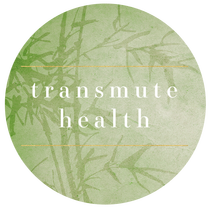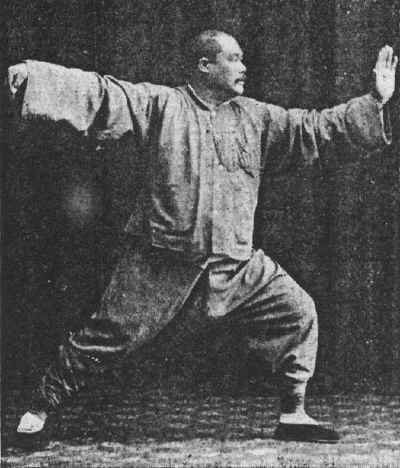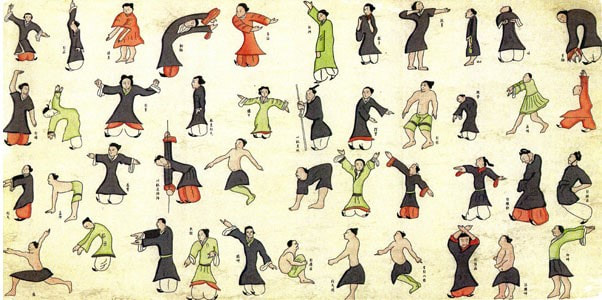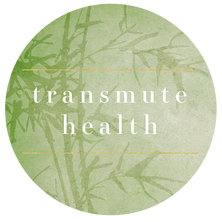|
This is probably the most common question I’m asked, and it usually comes closely after I have mentioned Qigong during a Tai Chi class. Bearing in mind that this is only one person’s understanding, below are a few points of discussion: Tai Chi (taijiquan – “Supreme Ultimate Fist”) has a martial arts origin and framework. There is still some debate about the origins of Tai Chi, but most agree that modern versions of the art have a common origin in the Chen family village in Southern China. The Chens developed Tai Chi as a dynamic and effective martial art, and provided for their families by hiring themselves out as bodyguards and protection against bandits for travelling merchants. The Chens are still active today, and most other popular forms are variations on their principles and practices. In modern times, the emphasis on self-defence has lessened, and the vast majority of practitioners pursue a slow and reflective Tai Chi practise for health purposes, whether of the physical, emotional, mental or spiritual kind. At its highest level, Tai Chi becomes a kind of Qigong, and a form of moving meditation. Tai Chi tends to be categorised either by length (Short, Medium and Long forms), or by its family style/school: (Chen, Yang, Wu, Sun, Hao, or combination forms). As well as the basic forms, there may be “ancillary” forms, such as various weapons, partnered training, fast Tai Chi forms, and combat drills. Qigong is the modern umbrella term for various health and self-development practices originating in China and correlating with the principles of Chinese Medicine. “Qi” refers to the vital energy which animates and sustains us (and everything else), while “gong” translates as work, talent, or skill. So it’s essentially “energy work”, which is the perfect broad description for such a diverse collection of esoteric techniques. Qigong forms tend to be categorised in one of two ways:
Characteristics:
There are certainly many areas of crossover between Tai Chi and Qigong, and regular practitioners of both find the two to be quite complementary. Qigong practice can add sensitivity and energetic awareness to Tai Chi, while Tai Chi training can “bring to life” a bodily awareness of some of the more subtle aspects of Qigong development and harmonise disparate aspects of one’s energetic system. I personally would find it difficult to choose between Tai Chi and Qigong, and tend to go through phases of concentrating more on one or the other. Many beginners struggle to remember the details of the Tai Chi form (it’s not as easy as it looks!), and may benefit from training in a simple Qigong form first, to increase their bodily awareness and build some strength and confidence, before returning to tackle Tai Chi training with more success.
1 Comment
Archit Mehta
10/6/2023 03:50:08 am
Your blog post was a valuable read. I enjoyed how you supported your arguments with relevant data and research. To explore further on the topic, <a href="https://38ad083xkubz7y4i4y0ngyeydc.hop.clickbank.net" target="_blank">click here</a>.
Reply
Leave a Reply. |
AuthorSimon Murray Archives
March 2020
Categories |



 RSS Feed
RSS Feed
